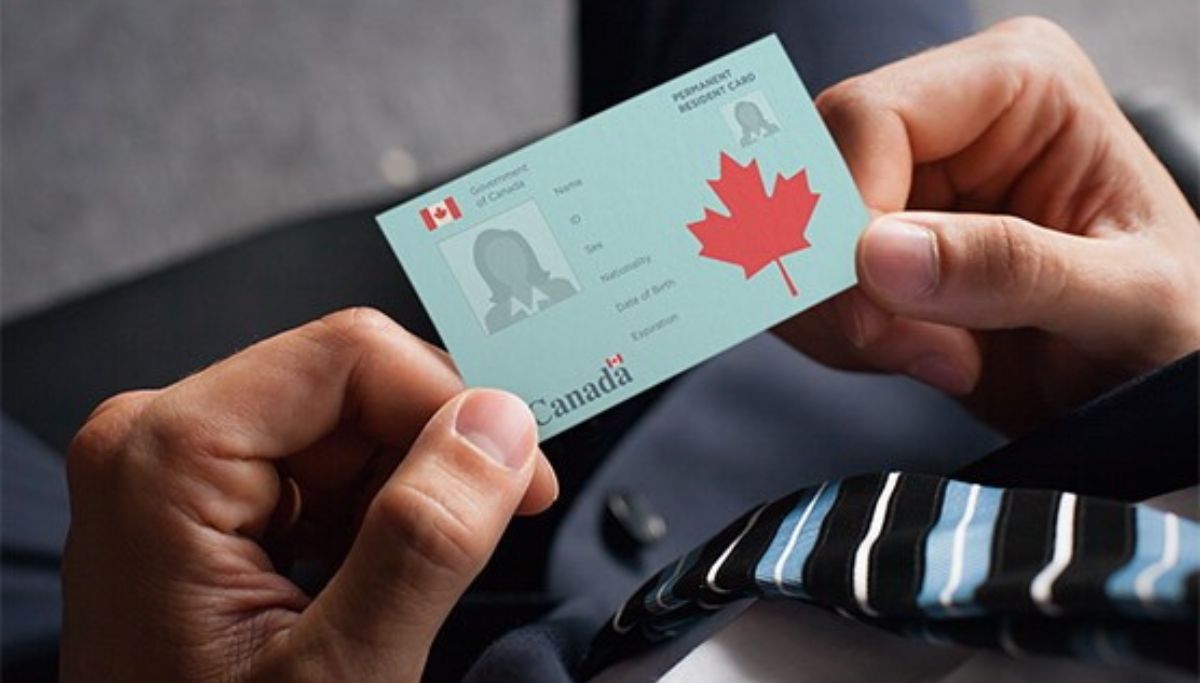

Introduction:
Canada is renowned for its high-quality education system, diverse culture, and excellent quality of life, making it an attractive destination for international students. For those who wish to transition from a Canadian study permit to permanent residence (PR), this blog will serve as a detailed guide outlining the process, steps, and financial considerations involved in achieving this significant milestone.
Step 1: Complete Your Studies
Before embarking on the journey to permanent residence, it’s crucial to successfully complete your academic program. This will not only provide you with a strong educational foundation but will also make you eligible for various immigration pathways.
Step 2: Check Eligibility for Permanent Residence Programs
Canada offers several immigration pathways, each with its own eligibility criteria. The most common programs for international students include the Express Entry system, the Provincial Nominee Program (PNP), and the Canadian Experience Class (CEC). Determine which program suits your profile and goals.
Express Entry System:
Provincial Nominee Program (PNP):
Canadian Experience Class (CEC):
Step 3: Gather Required Documents
Collect all necessary documents, including academic transcripts, language test results, proof of funds, and any other documents specified by the immigration program you are applying for.
Step 4: Apply for Permanent Residence
Submit your PR application online through the Immigration, Refugees, and Citizenship Canada (IRCC) website. Pay the required fees and wait for the processing of your application.
Step 5: Medical Exam and Police Clearance
Upon request, undergo a medical examination by an approved panel physician and obtain a police clearance certificate. Submit the results as part of your application.
Step 6: Wait for a Decision
The processing time for PR applications can vary. Stay informed about the status of your application through the IRCC website.
Financial Considerations:
Conclusion:
Transitioning from a Canadian study permit to permanent residence is a significant step that requires careful planning and adherence to immigration processes. By following the outlined steps, understanding the eligibility criteria, and preparing the necessary documentation, you can embark on a successful journey towards making Canada your permanent home. Keep in mind that immigration policies may evolve, so it’s crucial to stay updated with the latest information from official government sources.